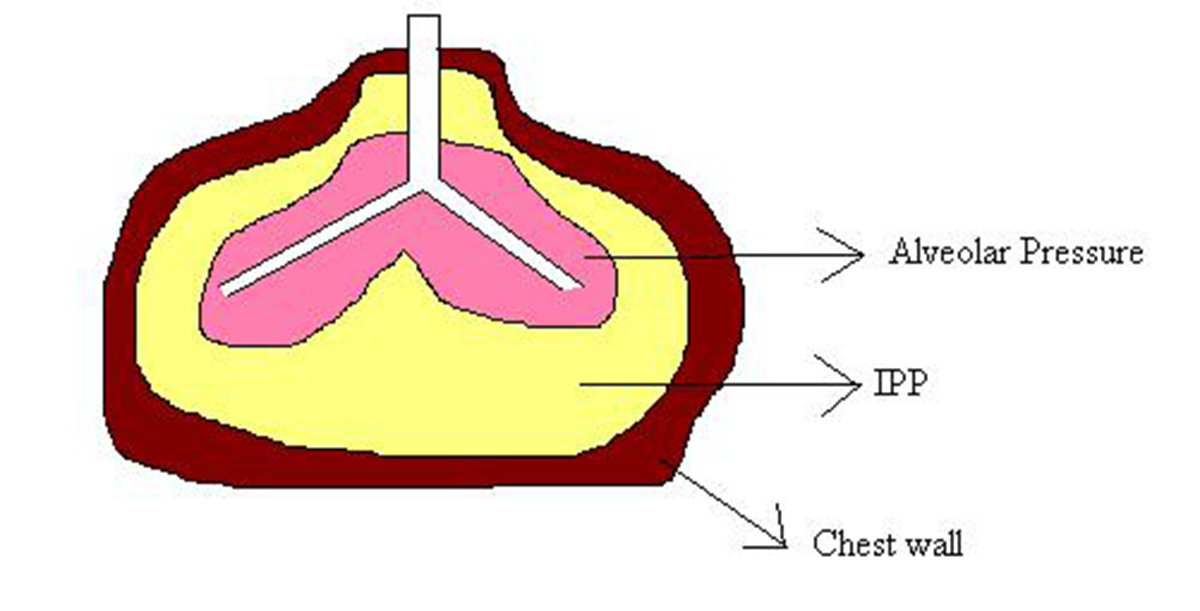
The respiratory system is composed of different tissues and organs that aid in process of breathing or respiration. The main parts of the respiratory system are the lungs, linked blood vessels and the respiratory muscles.
The Respiratory System StructuresThe Airways
The airways are a part of the respiratory system that brings oxygen to the lungs and removes carbon dioxide, a waste product, from the lungs. The airways consist of following structures:Nose and nasal cavityMouthLarynx (or voice box)Trachea (or windpipe)Bronchi (or bronchial tubes) BronchiolesAlveoliWe inhale oxygen-rich air through the nose or mouth. These respiratory system structures warm and moisten the air. From there the air passes through the larynx and enters the trachea. The trachea divides into two bronchial tubes that lead to the lungs.
The epiglottis is a small flap of cartilage that acts as a lid covering the wind pipe during swallowing. This way the epiglottis prevents food form entering the lower respiratory tract.
The cilia are tiny hair-like structures that project from the cells in the mucus membrane of the airways, except for the mouth and some parts of the nose. The cilia protects the airways from dust and other foreign matter that enter with inhaled air. These tiny structures move back and forth and push foreign particles to the nose and mouth, which are then expelled from the body by coughing, sneezing or swallowing.
Lungs and Blood Vessels
The lungs and linked blood vessels enable oxygen to enter the body and help to eliminate carbon dioxide through exhalation. The lungs are located on both side of the breastbone in the chest cavity. The left lung is a bit smaller comparing to the right lung, because the heart takes up some of the space in the left part of the chest cavity.
The lungs branch into small tubes known as bronchioles. The bronchioles end in cluster of tiny air sacs called alveoli. Network of capillaries cover each air sac. The pulmonary artery supplies these capillaries with carbon dioxide-rich blood which is then expelled into the air through blood. The pulmonary vein carries blood rich in oxygen from alveoli capillaries to the heart which then distributes oxygen throughout the body.
Respiratory Muscles
Muscles surrounding the lungs help in breathing by expanding and contracting the lungs. These muscles are:DiaphragmIntercostal musclesAbdominal musclesMuscles in the neck and collarbone regionThe diaphragm is a sheet-like muscle that is positioned underneath the lungs that divides the chest cavity from the abdominal cavity. This is the major muscle involved in breathing.
The intercostals muscles lie between the ribs and they also play a vital role in breathing.
Abdominal muscles are positioned below the diaphragm. They support exhalation during physical activity when we breathe fast.
Muscles in the neck and collarbone region enable breathing when other respiratory muscles fail or when breathing is impaired due to lung disease.




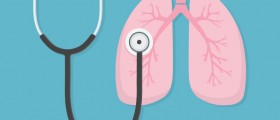


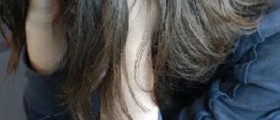
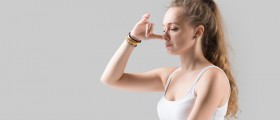
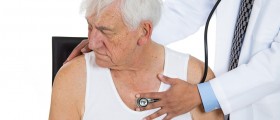
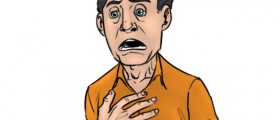

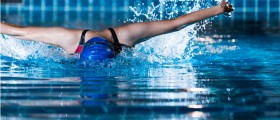


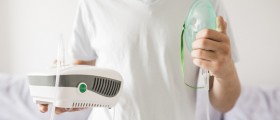
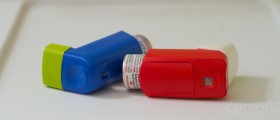
Your thoughts on this
Loading...